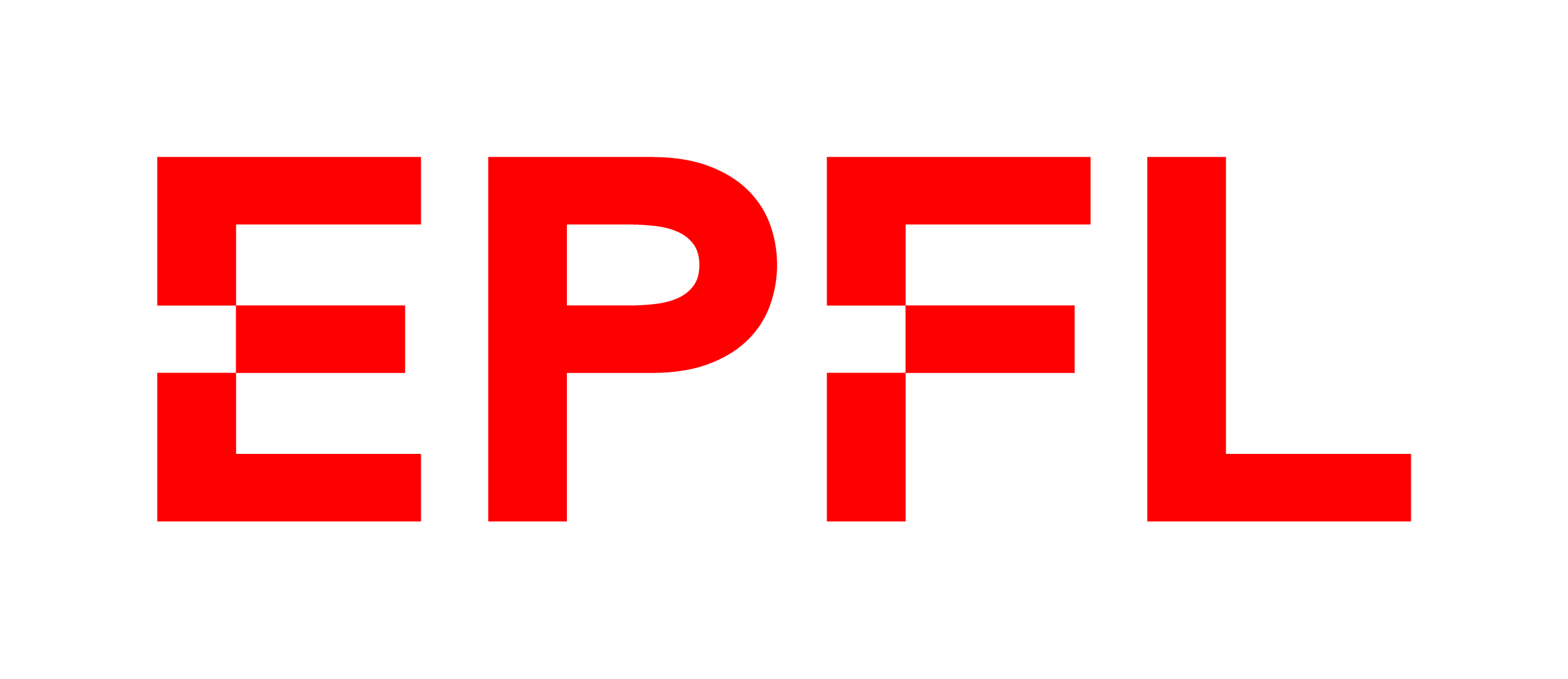Naturally occurring compounds and additives lack extensive records describing their presence in food, their quantified amounts, and their binding interactions with known protein targets. As a result, the chemical complexity of our food is still largely unmapped. This sparse characterization limits our chances to develop a mechanistic understanding of how food chemicals impact our health. In recent years, the Foodome project has tackled several aspects of this challenging universe, leveraging the expertise of a diverse group of scientific communities, from computer science to epidemiology. In this talk, I will cover some of the major scientific contributions of the Foodome project. Specifically, I will start with our efforts to create the most extensive curated library of food chemicals before exploring how this new body of knowledge prompted us to develop quantitative tools predicting protein-ligand binding and quantifying the natural scale of nutrient concentrations in food. Additionally, the nutrient patterns we observed in the food composition data have allowed us to define a metric of food processing, which we used to characterize the quality of the food supply, and to suggest public health intervention strategies with minimal impact on individuals’ dietary patterns.

